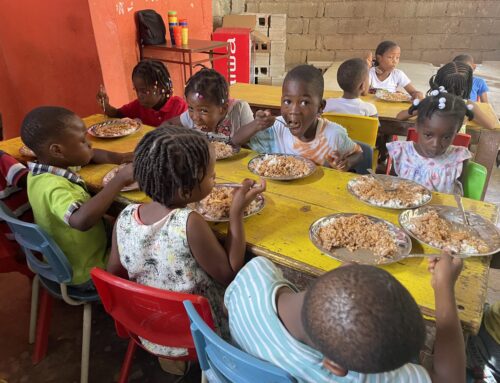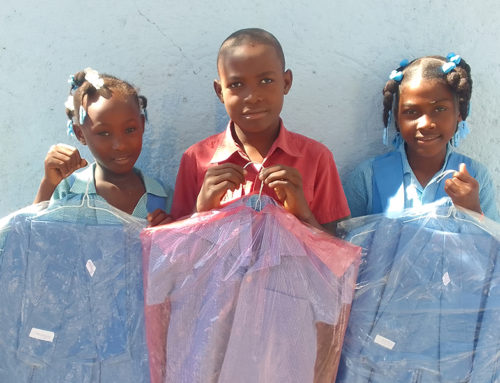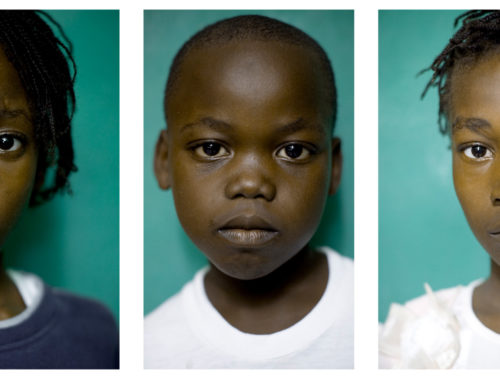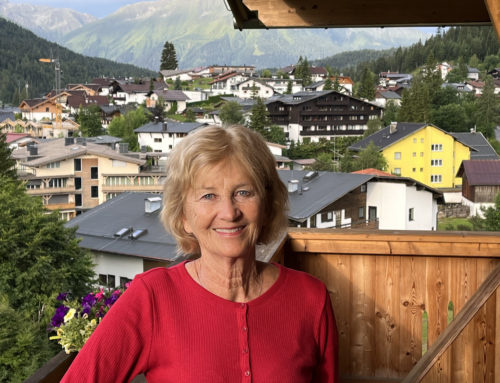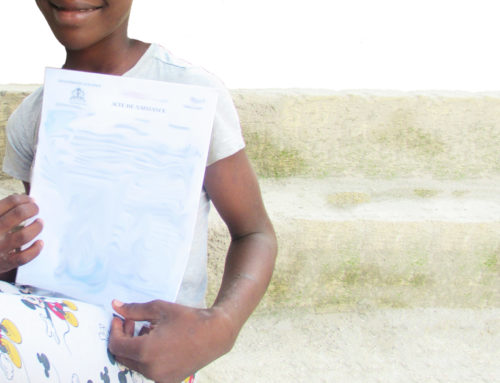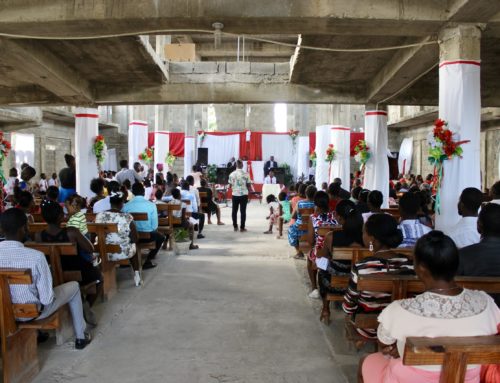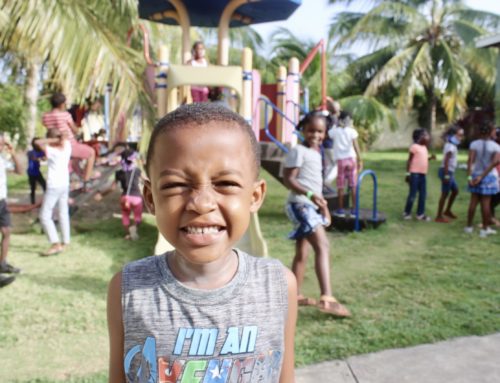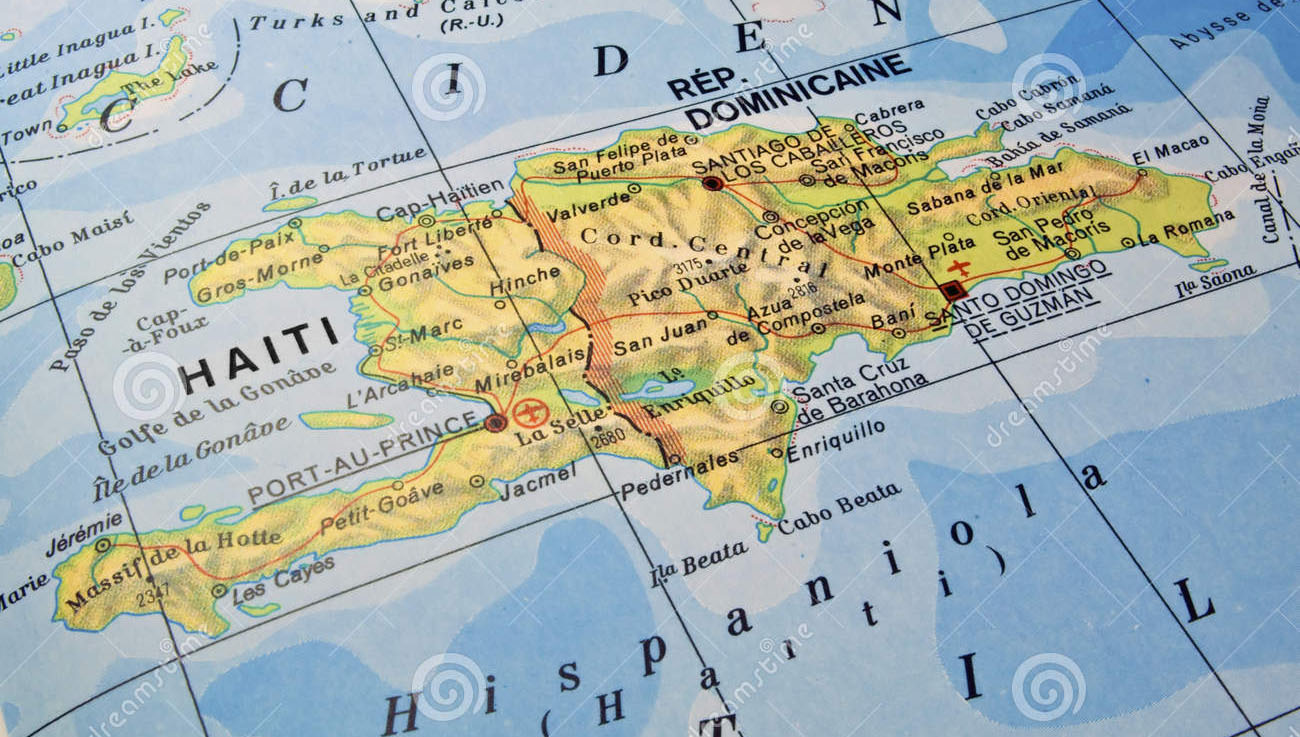
Together, the countries of Haiti and the Dominican Republic make up the island of Hispaniola, a large island of nearly 30,000 square miles in the heart of the Caribbean Sea. Although they both share the island they call home, these two countries are surprisingly different in a number of ways, ranging from their culture to their struggles with poverty and food shortages. For example, the Dominican Republic is a thriving tourist destination where most travellers feel safe. However, the nation of Haiti, although once popular with tourists, struggles to gather income from travelers due to a number of hardships.
What makes these two countries so different? Why does one seem to survive and thrive while the other struggles to sustain the lives of its citizens? Keep reading for 4 ways the DR and Haiti differ as well as some ideas on how you can support the country of Haiti, specifically Haitian children in need.
Weather and Rainfall
The geographic makeup of the Island of Hispaniola is such that the mountainous regions tend to cut off the rainfall needed to grow crops and sustain livestock. The northeast trade winds that blow across the island often favor the DR, causing the Eastern part of the island to be greener and more attractive.
Language
Although Christopher Columbus colonized the entire island in the name of Spain, the languages slowly but steadily diverged. The Eastern half, which would become the Dominican Republic retained the Spanish language while the Western Half, modern day Haiti developed a French-influenced Creole as the common tongue.
History & Oppression
As the two countries continued to grow and change, the French began to take a greater toll on the Haitian side of the island through farming and finances. They exploited the Haitian coffee and sugar farmers, taking their valuable crops without exchanging a fair wage. As the land of modern day Haiti continued to struggle, the Eastern side of the Island became more light skinned as they intermingled with white settlers, causing them to look down on their darker skinned neighbors and employ them as common field hands and hard laborers.
Population Density
Finally, the country of Haiti has more people and less food in fact Haiti is one of the most food impoverished nations in the world and cannot produce enough food to sustain its people. As the weather patterns and natural disasters continue to wreak havoc on the Haitian landscape, the larger numbers and decreased crop potential make it almost impossible for Haiti to get ahead.
How You Can End Slavery
The poverty in Haiti causes many families to send their children away to wealthier homes for a better chance of survival. Sadly, rather than receive love and care, these children are often forced into slavery for their new families, skipping school for a schedule of back-breaking work and meager rations. This is what is known as the Restavek System of child slavery, an appalling and all too common practice throughout Haiti.
The Restavek Freedom is one of the top charities at work in Haiti and we are committed to putting an end to this system of slavery. You can help by spreading the word about our important work and through child sponsorship. We would love you to partner with us to end slavery in our lifetime and give every kid in a Haiti a chance to thrive and enjoy their childhood.


